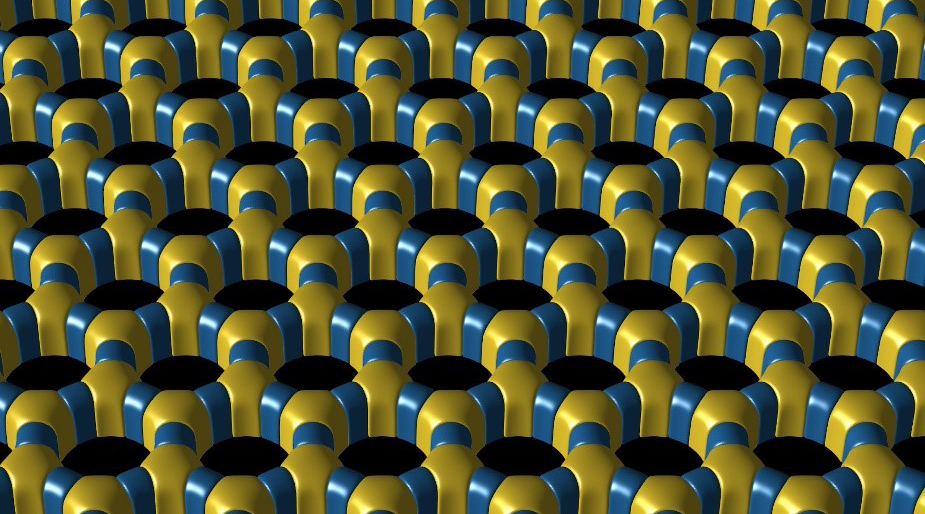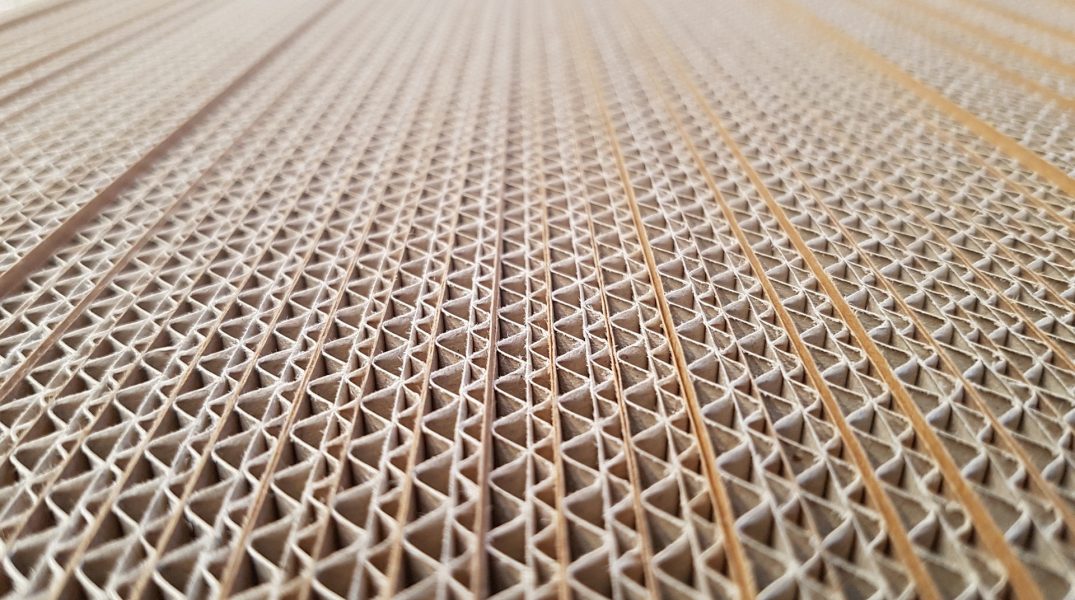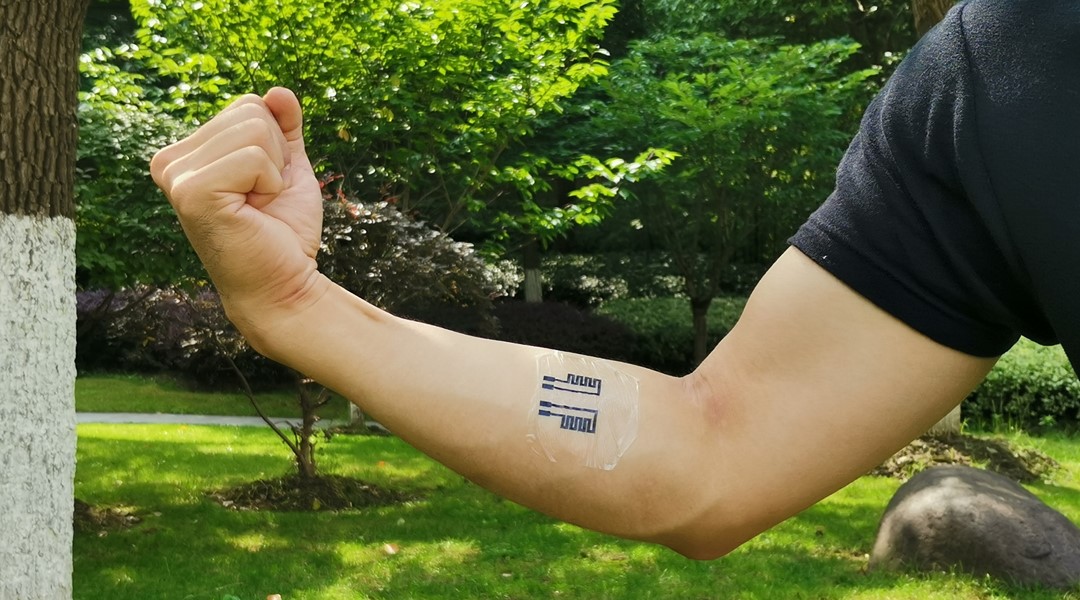Researchers at Caltech and Stanford use microelectronics to enhance jellyfish swimming.


Researchers at Caltech and Stanford use microelectronics to enhance jellyfish swimming.

Researchers use ordered templates to impart unprecedented tessellating patterns in composites made from inorganic materials.

Clarifying some of the misconceptions, limitations, and capabilities of CEM modelling to help researchers find the right tools for their needs.

Researchers have created a wearable device which offers unprecedented opportunities for joint rehabilitation.

Researchers report flexible, conductive and waterproof fibers for wearable, underwater electronics.

Researchers create green biocomposites for flexible, wearable electronic devices.

A team of researchers from the University of Washington have created programmable cellular structures.

Skin-friendly epidermal electronic devices fabricated using flexible, stretchable, and degradable protein-based substrates could offer a viable solution to real-time health and fitness monitoring.

Researchers create a soft robotic electronic skin with fingerprint-like patterns with future applications in prosthesis, wearable sensors, and medical devices.

Digital coding metasurfaces simultaneously manipulate both electromagnetic and acoustic waves for advanced cloaking or signaling devices.